And I am feeling most fortunate.
The food was fabulous,
the weather was almost too hot and sunny,
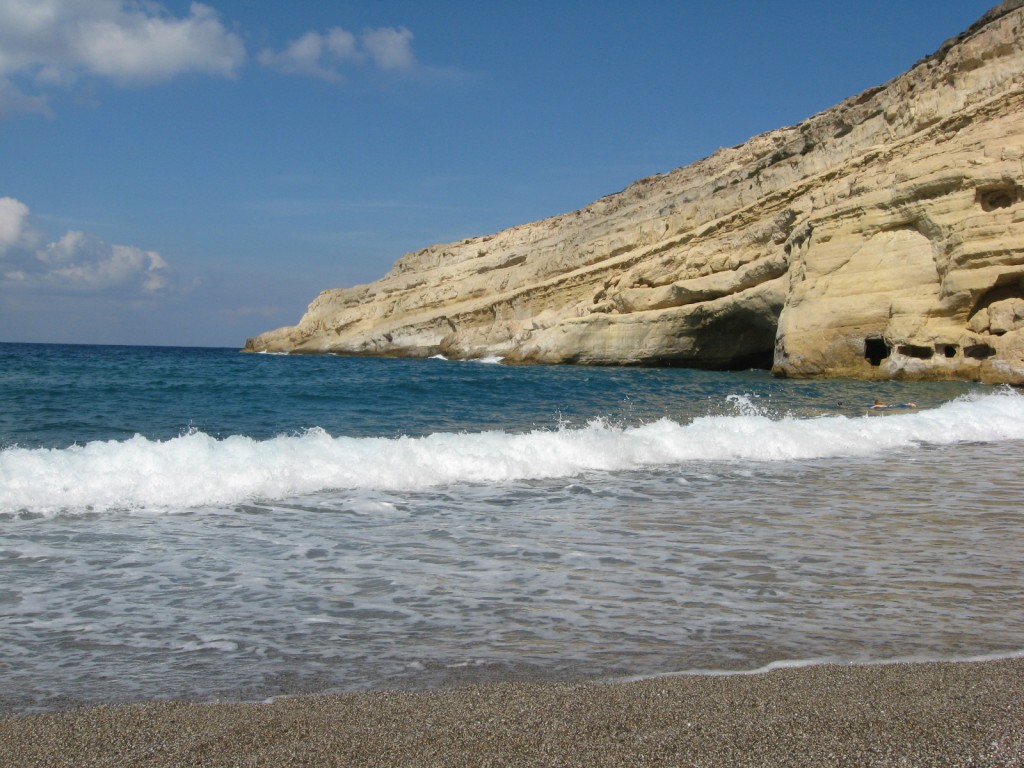
and everyone was very kind to us. But it’s obvious that Greece is having economic troubles. Almost none of the restaurants and hotels would take credit cards—they all wanted cash; and my husband and I got out of Athens airport just one day ahead of a metro/taxi strike and airport closure.
But it was the ancient Greeks and Minoans and their civilizations that drew us to modern Greece and held us spellbound for our entire sojourn there.
The thing that always surprises me when I look carefully at an ancient civilization is how intelligent the people were and how much they knew about Life, the Universe and Everything.
We tend to think that our ideas, philosophies, and understanding of the universe are special and original to us.
They aren’t.
They’ve all been thought and said and done before.
The Greek temples and Minoan palaces were marvels of architectural skill and subtlety. For instance, the columns on the Parthenon are large at the base and taper toward the top. They lean inward slightly and are made of a special marble laced with tiny crystals that reflect light and hide the spaces between column segments. As a result of this illusion, the columns of Athena’s temple appear to be the same width from top to bottom and appear to stand perfectly straight. When they were new, they would have looked like they were carved from a single pillar of marble. The builders poured lead down holes that ran through the center of these columns, making the Parthenon virtually earthquake proof. Today we count ourselves lucky if our home is designed so it doesn’t collect moisture and grow mold.
But the thing that truly impressed me about these temples and palaces was something that most of the pictures in our history and guide books don’t show. The Ancient Greeks and Minoans were great builders, but to them, the thing that structure represented was even more important than the structure itself. They were masters at placing their sacred buildings smack dab on a power point with a view that sings to you about just what that power point and that structure are all about.
For example:
The Temple of Poseidon at Cape Sounio, is an hour and a half drive south of Athens. It perches on a cliff that plunges nearly two hundred feet down into the Aegean Sea. Sailors many miles out to sea would have seen its white pillars and been comforted. But the site itself has a feeling of grandure, danger, and impermanence—like the Earthshaker it honored.
The site where the Eleusinian Mysteries of Demeter and Persephone taught initiates about the mystery of death for over 1500 years overlooked the city’s busy harbor—a place full of life and transformation. The site itself still pulses with power.
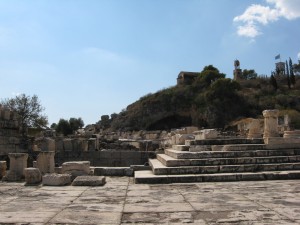
The Oracle of Delphi was located at the Omphalos, or center of the world. Vapors swirled out of a vent in mother earth, inspiring the pythoness sitting above it on a three-legged stool.

Tell the king that the carven hall is fallen in decay;
Apollo has no chapel left, no prophesying bay,
No talking spring. The stream is dry that had so much to say.
The view from her temple would have reminded the seekers of the oracle’s farsighted vision.
The palace of Knossus on Crete was built in a time of peace and fecundity. It overlooks the fertile countryside that surrounds it.
The Parthenon is Athena’s temple. High on a solid marble cliff, it dominates Athens, her city.
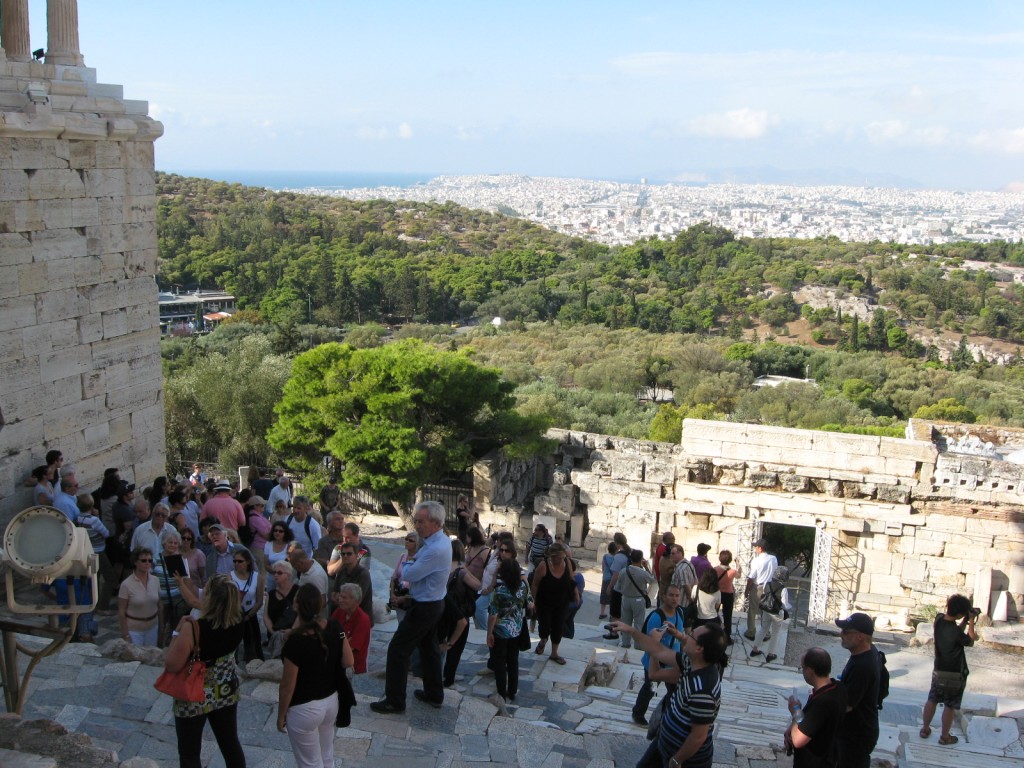
These structures are awe inspiring, but to truly understand them they must be taken in context. They were precious gems, set in the marvelous landscapes that held them and gave them purpose.


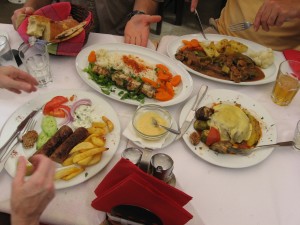
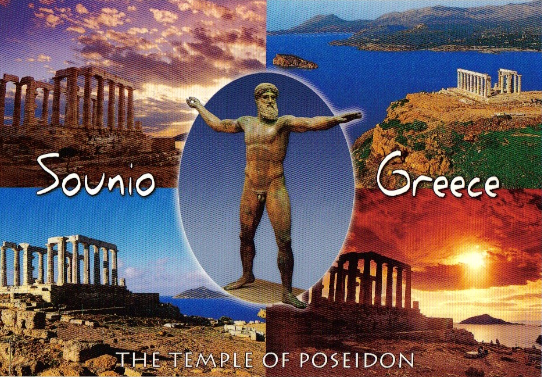
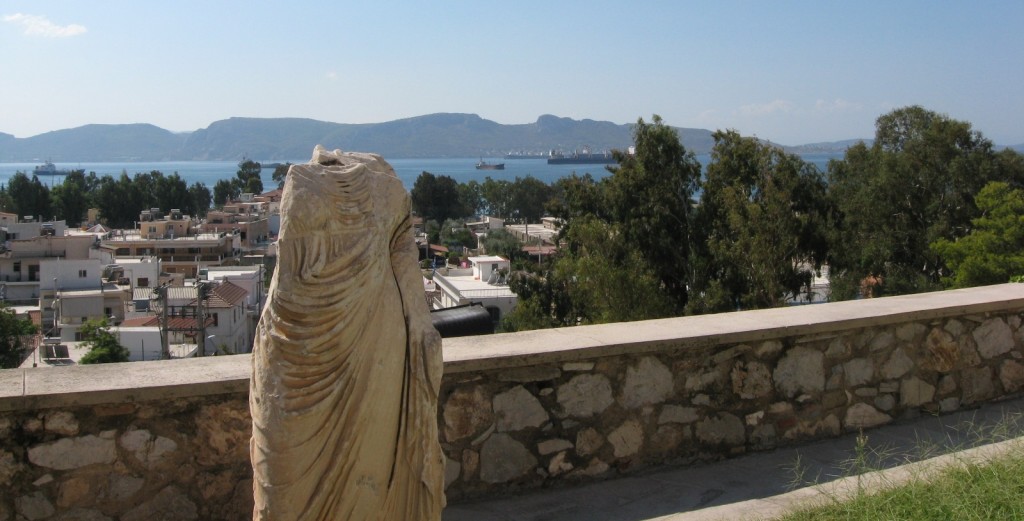
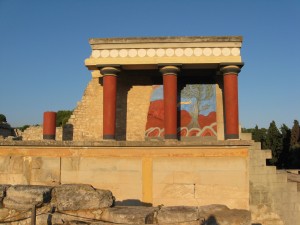

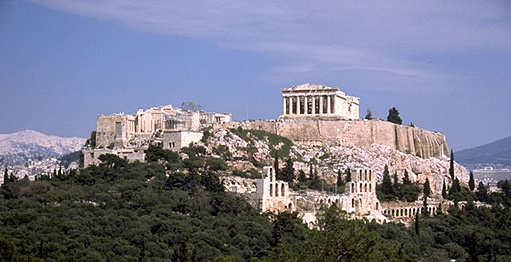
4 thoughts on “We’re Back!”
What a fantastic and magical trip indeed. I’m very envious. 🙂
Larry
Thank you for the both virtual and magical tour. Magnificent and I do hope to visit someday myself.
I understand from my daughter who visited the Parthenon recently that Athena’s high temple may have not been a religious shrine but a political location for the riches of the city. Ah well. She will have her due! And the original theater to Dionysus hangs off the side. Did you visit?
Yes!
More pictures will come.
Nice photographs. Even if it was too hot, what a great trip.
Malcolm